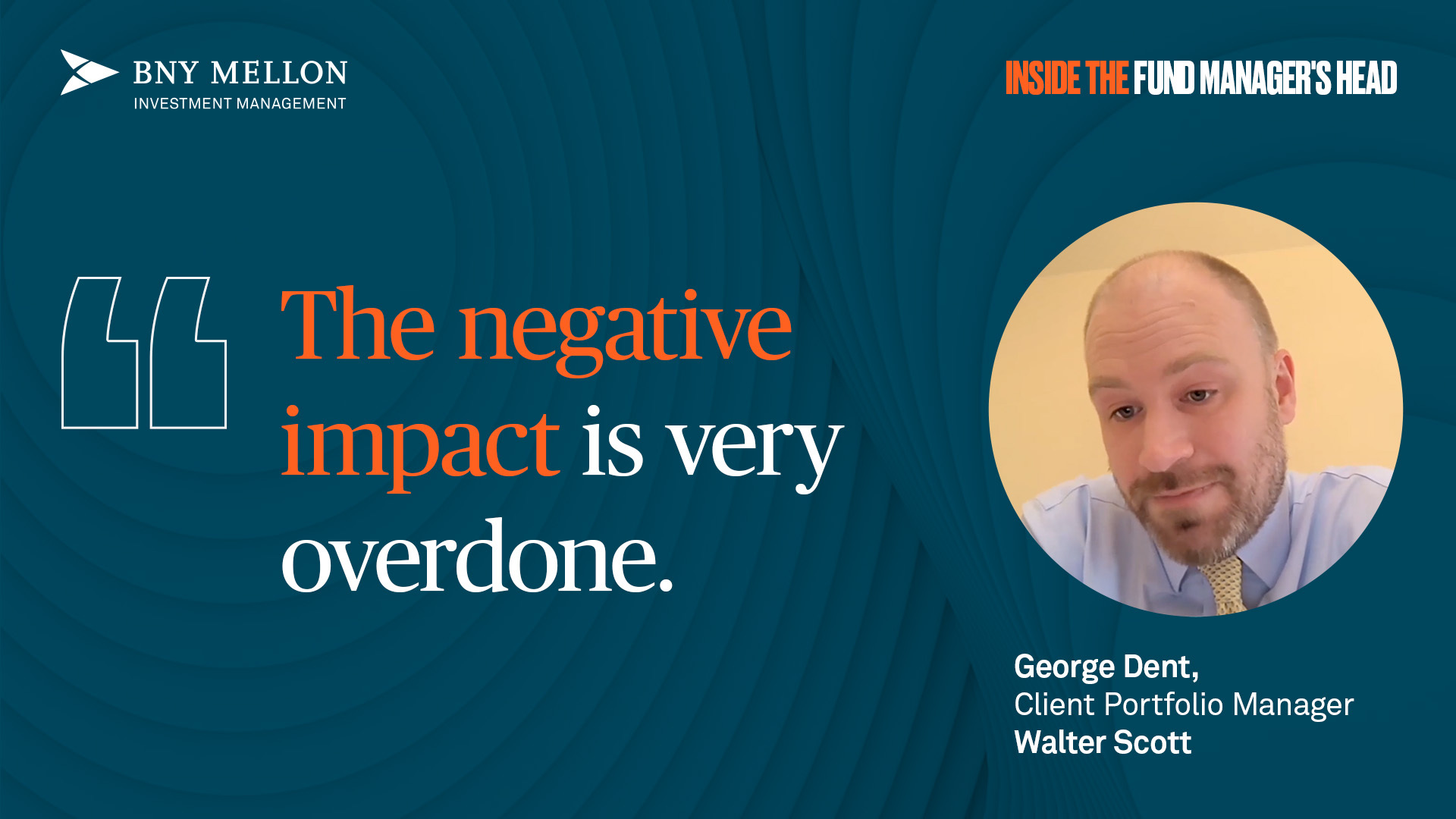There are some scary articles doing the rounds at the moment in relation to the perceived risks in the bond markets. 
There were some Greek-related moves last week where yields on US treasuries, bunds and gilts fell for safe haven reasons whilst those on Spanish, Portuguese, Italian and Irish debt rose. The bigger issue is whether we are approaching an historic inflection point which has caused havoc in the past. There are two scary scenarios which are as follows.
We could see another bond market crash equivalent to 1994 when the US Federal Reserve Bank unexpectedly raised interest rates on 4 February 1994. By the end of that year, US rates had risen by 2.5 per cent and the 10-year US treasury benchmark had recorded a fall of 17.5 per cent by November 1994 at its worst. Various hedge funds, smaller banks and famously, Orange County, California, got into difficulties as a result.
Performance of index during 1994

Source: FE Analytics
We could also see a stock market crash equivalent to that experienced in October 1987. This is doing the rounds because it was coincident with a sharp sell-off in the bond markets where the 10-year US Treasury benchmark fell by almost 21 per cent in the prior six months, recovering as investors exited the equity markets in panic.
The US equity market fell by over 22 per cent by the end of October and disturbingly followed a 50 per cent fall in the oil price the prior year, following the collapse of OPEC in 1986.
There is also the additional current concern with regard to bond market liquidity partly exacerbated by the significant quelling of the proprietary dealing desks in banks, seen as the casino part of banking.
This provided liquidity and a cushion to a sudden market dash for the exit as the market-makers would see the rush coming, mark down their prices accordingly and causing many to back away in the face of a significantly discounted price.
This is no longer present and to exacerbate the potential selling pressure, the ultra-low interest rate policies of recent years have led to a huge expansion in bond investment as values have risen and investors have reinvested proceeds from quantitative easing buying of central banks.
There is little quarrel out there that bonds look expensive by historical standards. However, there are two key ingredients present today that were sadly missing during these two prior periods of major market adjustment.
The first is an open and regular dialogue between central bankers and investment markets.
The 1994 bond market crash was caused by an unexpected increase in rates. The authorities are acutely aware of the risks in shocking the markets. So much so, that the first rate rise in the US is likely to be so well choreographed that it would be bearish if it didn’t happen, in that some new dark clouds must have appeared to prevent it. So a shock rise is extremely unlikely.
The second is the power of today’s online communications.
Panic occurs because investors are losing money, they don’t know why, they can’t easily find out why and they hit the sell button out of fear of further losses rather than reasoned judgement.
The equity market crash of 1987 was caused by panic and limited news flow and trading would be suspended in today’s markets, specifically to bring some order to the proceedings. The very presence of this suspension facility today tends to prevent its use.
Also, the proliferation of real-time information and the depth of analysis that is constantly available today, ensures that ignorant panic does not become the all-consuming driver of a market sell-off. Although the October 1987 crash is part of stock market history, being the worst one day move ever, within nine months the market had recovered all its losses, suggesting it was irrational.
So, in summary, there are reasons to be wary of the bond markets with the Greek debacle evolving and the odds of a rise in US rates in September, and if the former defaults, then there will be a short period of uncertainty and nervousness but it is likely to be an isolated situation from which the rest of Europe can move on from.
Similarly, if the Fed does raise rates in September, rather like the beginning of QE tapering, the arrival will be far less scary than the anticipation, after which we can also move on.
We know that the inflation statistics will pick up as soon as the oil price fall drops out of the numbers, but there is little evidence of any other inflation via commodities, food or wages and so it is likely to remain a numerical inevitability which is priced in.
There is always the potential for a surprise which may cause some volatility, but with volatility comes opportunity and we see this as very likely over the summer months, hence our elevated cash positions.
One unknown is geo-political risk which exacerbated the run up to the 1987 crash as Iran and the US traded missiles at oil assets.
Today, this is most likely to come from Russia but any military escalation between East and West, at the moment, appears remote.
So, as ever, lots of variables to watch but faced with all the choices we have, the negligible return on cash and the negative outlook for bonds we continue to support equities and commercial property with our eyes on US and UK GDP which continues to move ahead.
Guy Stephens is director at Rowan Dartington Signature. The views expressed above are his own and should not be taken as investment advice.






